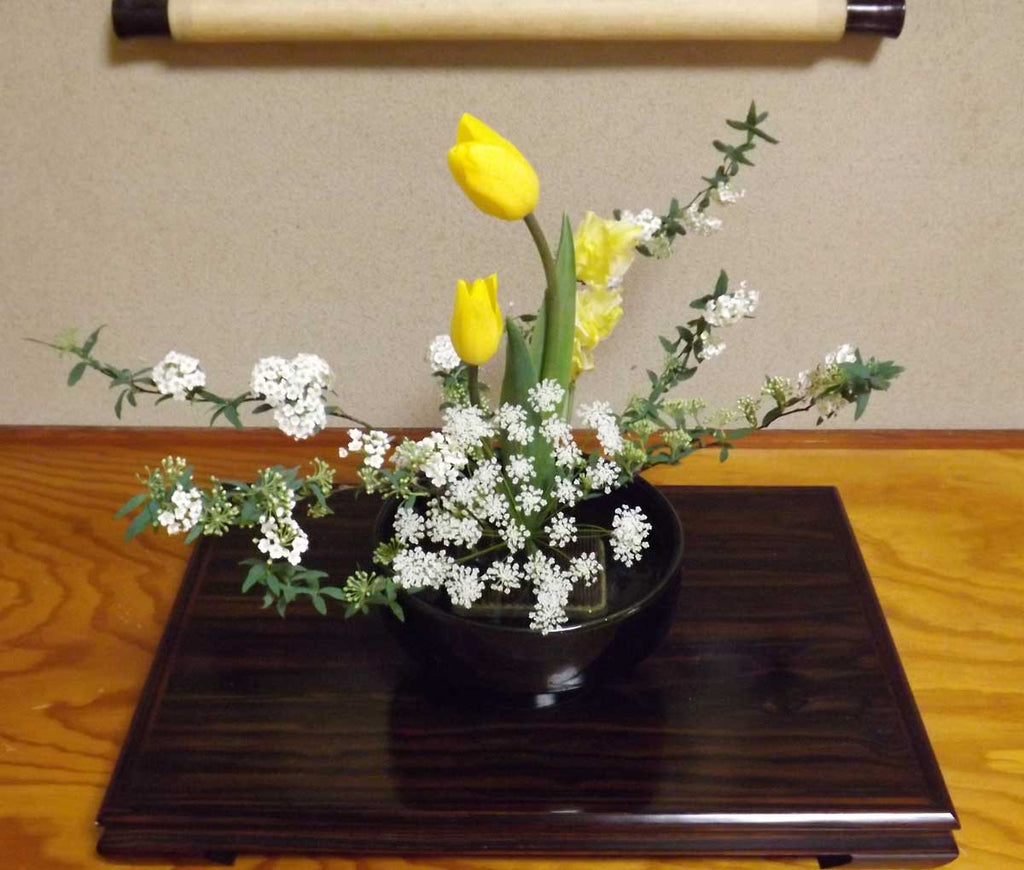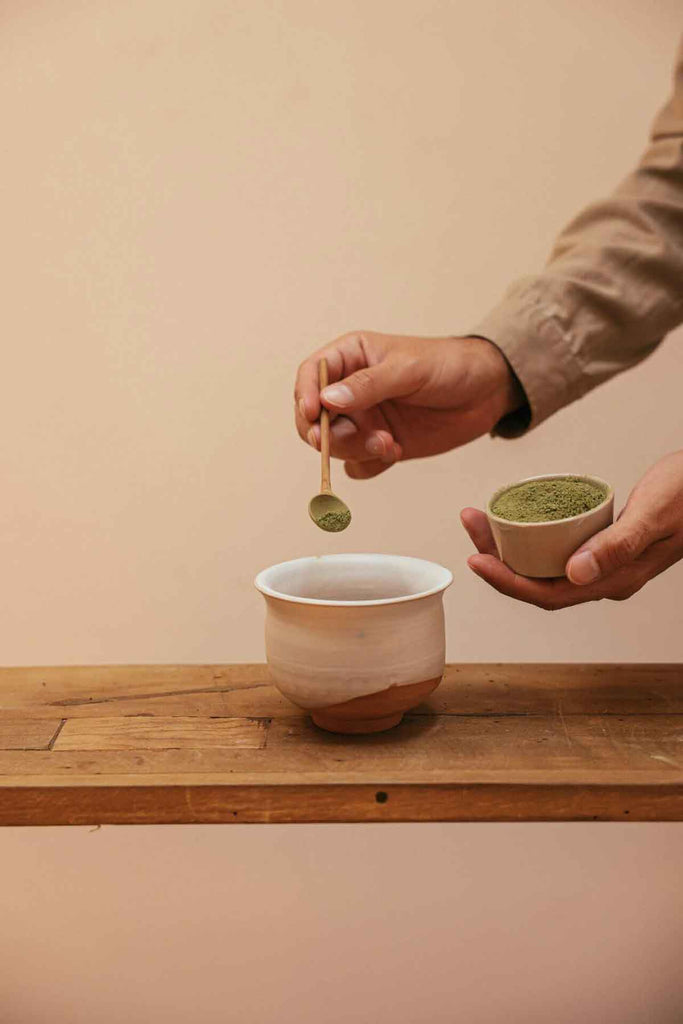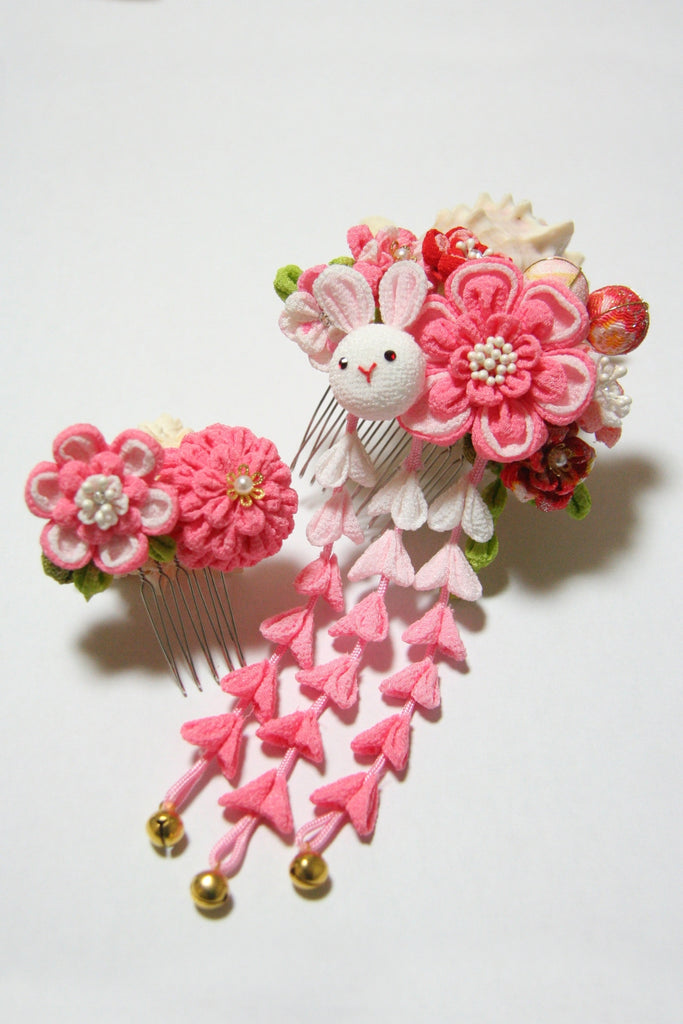KitamuraRyuta

Basic Ikebana Arrangement Techniques for beginners enjoy
Ikebana, a Japanese traditional culture, may have a strong image of being a formal and difficult art to learn. However, if you have a basic knowledge of ikebana, you can create ikebana works that can be used to entertain guests at home or to decorate family events. In this article, we will introduce basic knowledge of ikebana that even beginners can try. The Basics of Ikebana Ikebana is a Japanese traditional culture in which flowers and plants are arranged in vessels to create works of art. Ikebana is created by arranging as few flowers and plants as possible to create...
KitamuraRyuta

What is the Tea Ceremony? History and manners explained
What image comes to mind when you hear the word "Japanese Tea Ceremony"? Many people may have the impression that it seems somehow difficult. The tea ceremony is one of Japan's representative traditional arts. The tea ceremony has detailed rules of etiquette, but even beginners can behave politely if they fully understand the meaning of each of them. This article introduces the tea ceremony, including its history and manners. Even if you have the impression that the tea ceremony is highly prestigious, please take a look at the contents of this article. What is the Tea Ceremony? The Japanese tea...
KitamuraRyuta

[Japanese traditional crafts: Japanese fabric flower(tsumami saiku)- KYOTO KAORIYA
What is Japanese traditional fabric flower(tsumami saiku)? Tsumami saiku is a traditional Japanese fabric flower craft in which small square strips are folded and glued together to form flowers, butterflies, and other shapes on a base paper. Japanese fabric flower(tsumami saiku) is made of thin plain-weave silk or chirimen cloth called habutae, which is used for the lining of kimono. The glue used in tsumi-zaiku is made from wheat-based Shofu-zushi or rice glue (Hime-zushi), which is cooked in a kettle using a traditional method. Historically, the craft originated in the early Edo period (1603-1868), and combs, hairpins, and kusudama made...
Recent Articles
